Blackberries
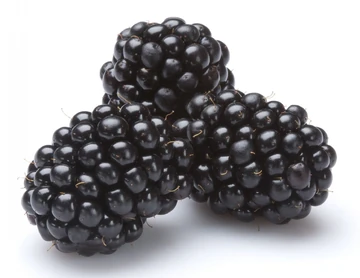
Blackberries may be the bold stars of summer pies and hedgerow snacks, but they’ve got plenty of fruity look-alikes—some close relatives, others clever imposters. With their clustered drupelets, deep hues, and glossy skins, these blackberry mimics can easily pass as the real thing at first glance.
Whether you’re foraging in the wild, strolling through a farmers’ market, or just second-guessing that mystery berry in your fruit bowl, here is a quick overview of 11 fruits that could fool even seasoned berry lovers.
1. Black Raspberries
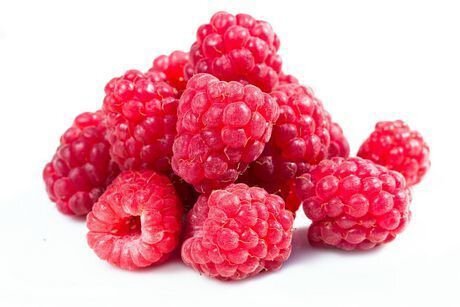
Also known as blackcaps, they’re often confused with blackberries but are smaller, hollow inside, and have a slightly matte finish. The clustered drupelets and deep color make them nearly identical to blackberries until you bite into one.
2. Mulberries
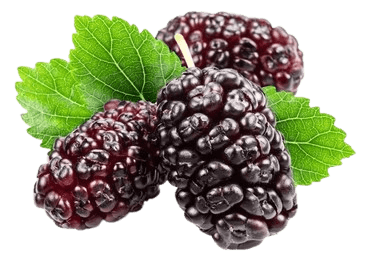
Longer and thinner than blackberries, mulberries grow on trees and come in black, red, or white varieties. Their bumpy, segmented look closely mimics blackberries, especially the black ones.
3. Boysenberries
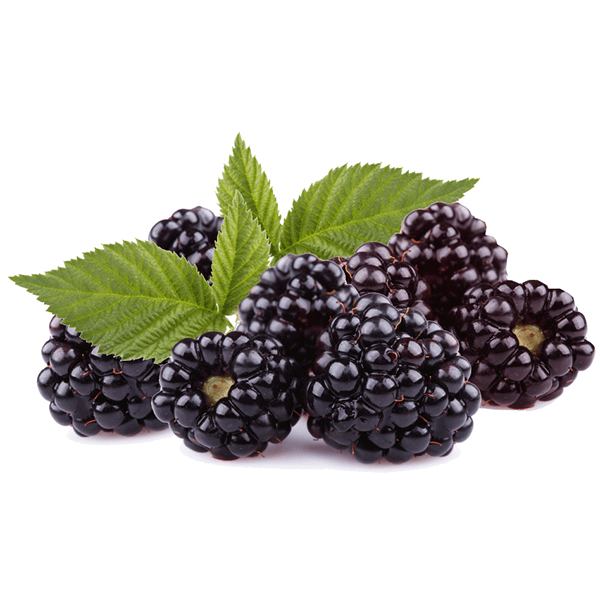
A hybrid of blackberries, raspberries, and loganberries, boysenberries are large, juicy, and dark reddish-purple. Their size and clustered structure can easily fool you into thinking they’re blackberries.
4. Loganberries
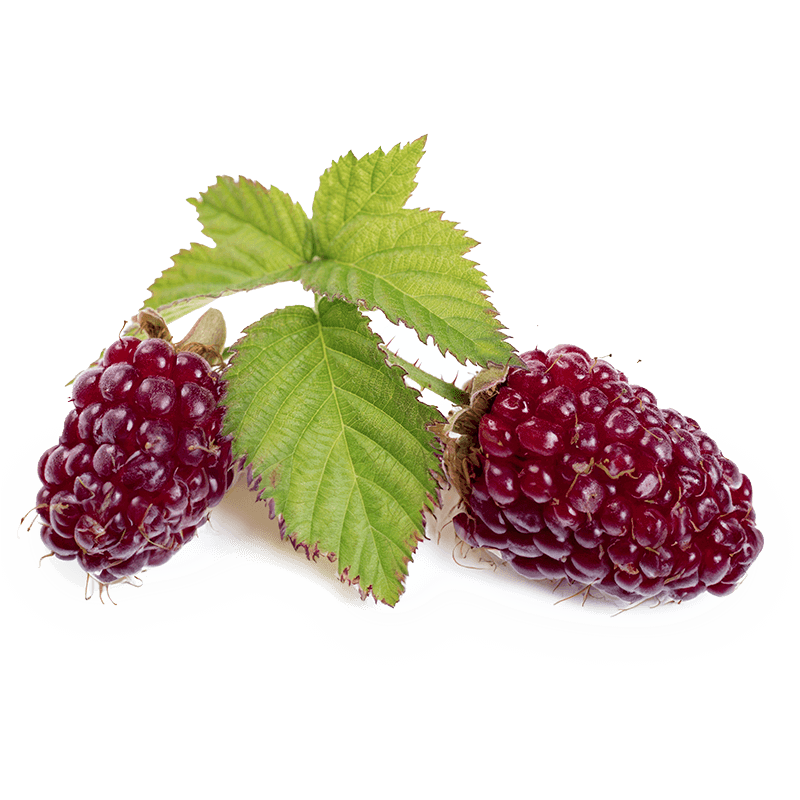
These raspberry-blackberry hybrids look like slightly elongated blackberries with a red to purplish tint. Their drupelet structure is nearly identical to that of a blackberry.
5. Dewberries
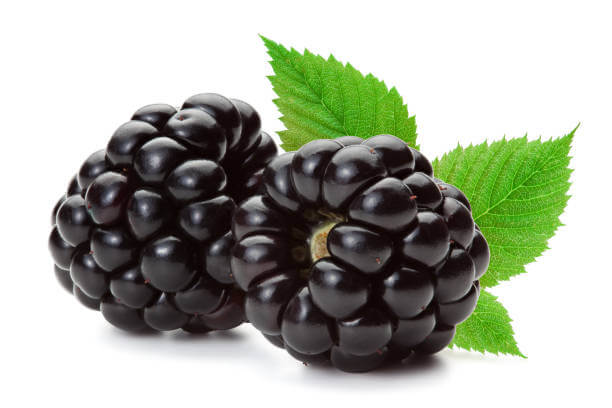
Dewberries are close relatives of blackberries but usually grow lower to the ground and ripen earlier. They’re slightly smaller, often darker, and look just like blackberries—especially the wild ones.
6. Thimbleberries (Unripe or Dark Varieties)
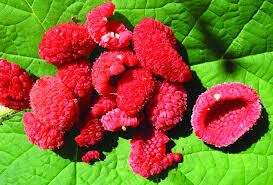
While most thimbleberries are red and flatter, certain wild or underripe ones can appear darker and somewhat resemble open blackberries—though they’re more fragile and less glossy.
7. Cloudberries (Overripe or in shadow)
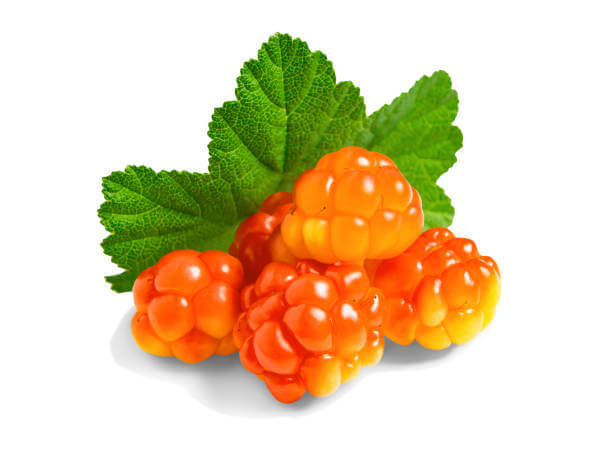
Typically golden-orange, but the clustered drupelets and structure are blackberry-like. When in shaded lighting or when overripened, they can resemble blackberries in form, if not in color.
8. Youngberries
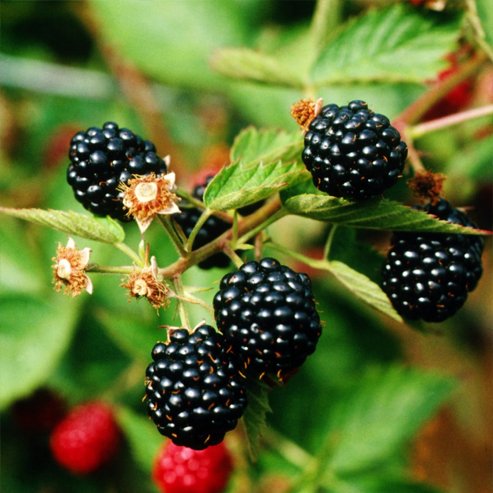
Another blackberry relative, youngberries are deep maroon to black, with a soft, juicy interior and a shape that can easily be mistaken for a blackberry. They’re slightly more tart and less seedy.
9. Wild Bramble Berries
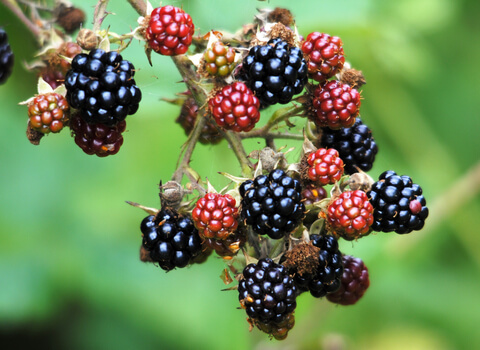
Found on hedgerows or untended areas, these wild berries often grow on thorny canes like blackberries and come in dark purple-black clusters. Many are hybrids or local variants of blackberry relatives.
10. Tayberries
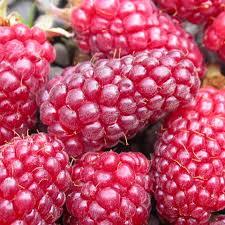
A cross between a blackberry and a raspberry, tayberries have the same clustered drupelets and elongated shape as blackberries. Their deep red to purplish hue and juicy texture make them nearly indistinguishable from a blackberry hybrid at a glance.
11. Salmonberries
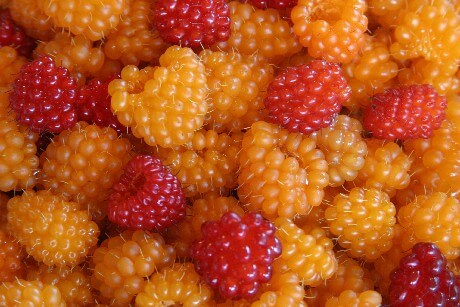
These orange to pinkish berries look like brightly colored blackberries in structure. With their rounded clusters of drupelets and glossy surface, they share the blackberry shape—just in sunset shades instead of deep purple.
